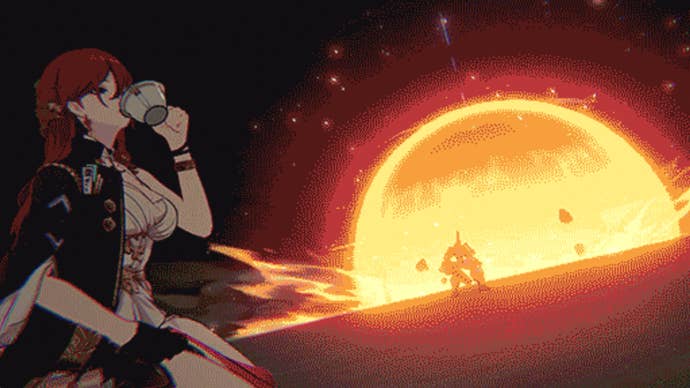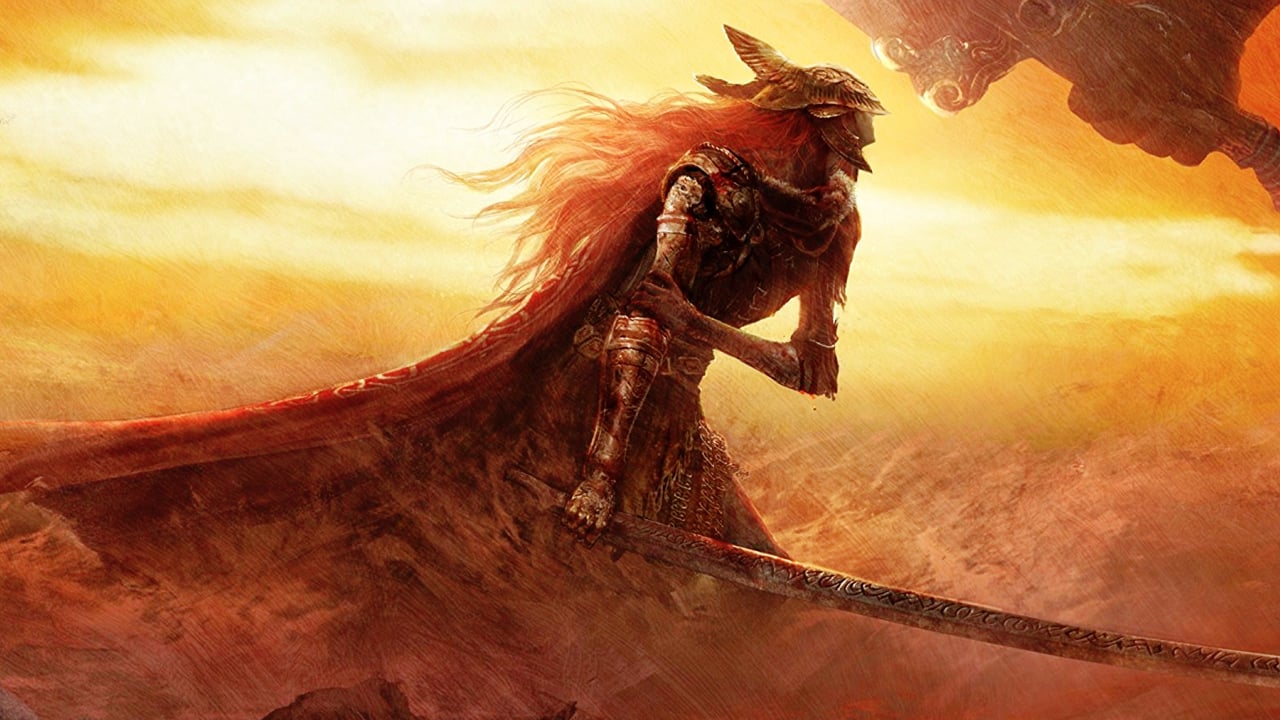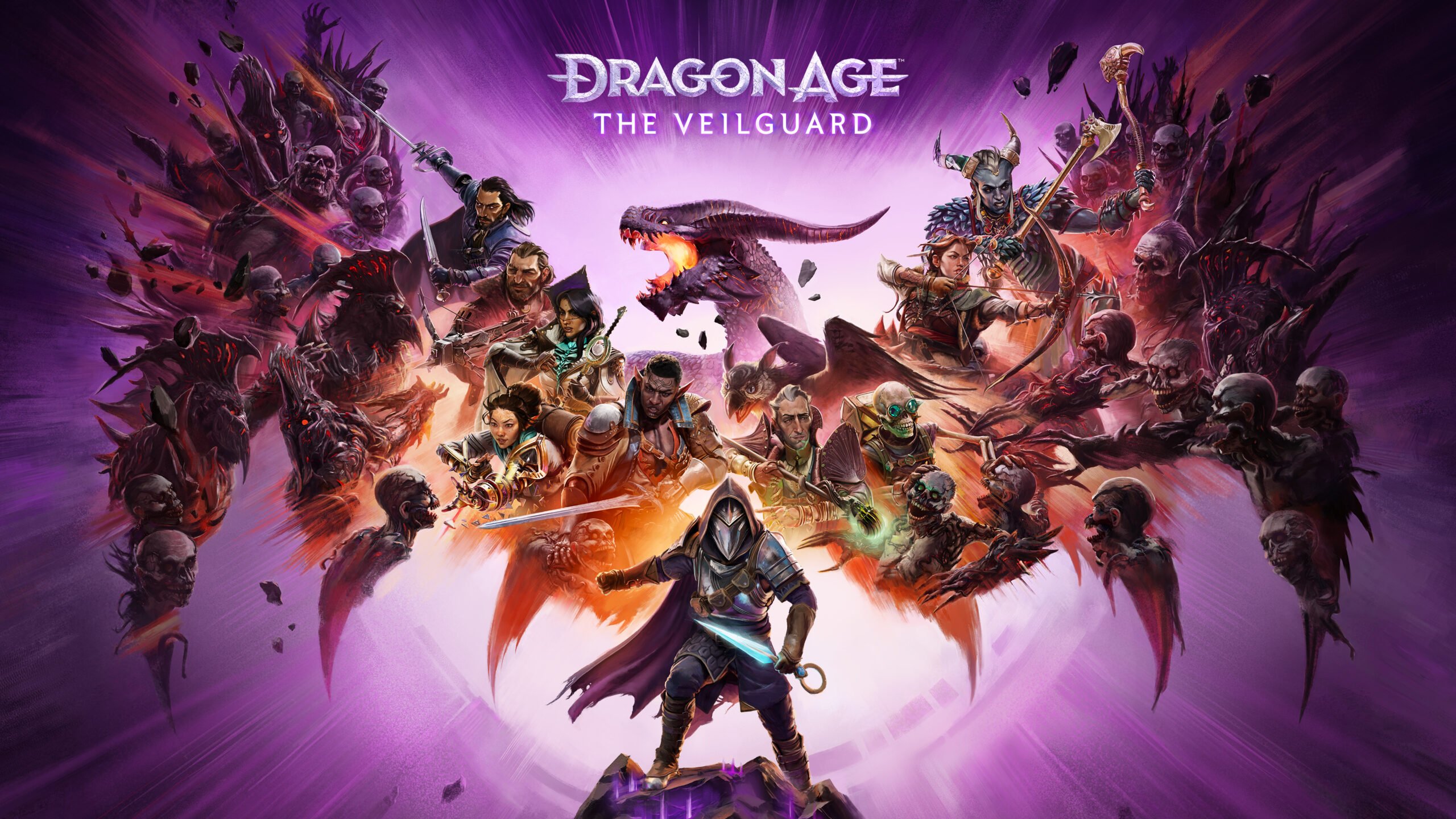Are you, like me, a gross little nerd who still resents the slow relegation of turn-based JRPGs to mid-budget or handheld titles after their PS2 glory days? Do you miss the rewards of getting through the tough sections with pre-rendered cutscenes? Do you wish the only exploration you had to worry about was picking dead ends at corridor intersections to find treasure chests? Do your fingers ache at the thought of Final Fantasy XVI’s intricate real-time combos, parries, and parries? good news. HoYoverse follows up the unimaginable success of Genshin Impact with one of the best turn-based JRPGs of a generation.
Honkai Star Rail is a well-made, perfectly localized, and perfectly designed game that celebrates every aspect of the genre. It’s a fortunate linear adventure with a solid text adventure through a fantastical sci-fi setting filled with interesting characters and compelling boss battles. It’s refreshingly old-fashioned and feels like a godsend if you’re nostalgic for things like this done with this kind of scale and polish.
The game’s setting fits the episodic structure of classic JRPGs (wait, do we still call them that?) involving moving from town to town and solving their local problems, which are all tied to the larger narrative. You are the newest passenger on the Astral Express, the cosmic passenger train locked in a never-ending interstellar journey. You possess mystical powers, dim memories, and a strong urge to fight evil. This is some real bread and butter JRPG business, and if it’s the kind of thing you’ve been missing, it’s delicious. Every stop on the Express means a new world with its own character, aesthetics and adventure.
The core hook of Star Rail combat lies in snappy animations and satisfying tactical clicks, and whenever you exploit an enemy’s basic weakness – often resulting in a follow-up attack or status effect – turning most actions into a flurry of dopamine hits . It’s the kind of brisk, flamboyant, and mechanically convincing violence seen in Tokyo Mirage Session’s trigger, Persona’s all-out attack, or a team’s sprint from scratch. Another thing you’ll love if you have impeccable taste in turn-based JRPGs is a nice big visible turn sequence in the corner of the screen that communicates exactly what’s expected and when, without ambiguity.
Generally speaking, communication is the core principle of the design here; at a glance you can tell if the enemy is targeting teammates for big attacks, you can see how much damage any attack does to the enemy’s “toughness” bar, every elemental weakness, Both buffs and debuffs are clearly displayed onscreen at all times–removing any sense of vagaries or random numbers that might be present in a more opaque turn-based combat system, allowing you to focus on the good stuff. Good stuff, like the now-nearly ubiquitous “amazing” mechanic seen in games like Xenosaga Episode 2 and Final Fantasy 13 – a secondary bar above an enemy’s health that drops it if certain attacks from a particular enemy are weaker. to zero, the enemy will be seen losing their turn and going into a weakened state.
The characters themselves are delightful, with bright neon flashes on ludicrous, flowing hair and extra belt buckles with cartoonish shadows, flitting across the battlefield in gusts of giant scythes and explosions – as they launch into Exaggerated catchphrase lasers and giant baseball bats spew out when it comes to rails’ elaborate attack animations. They work together, complimenting each other mechanically and visually, making every encounter a joy rather than a chore.
The whole thing is really just a curated collection of all the hottest and coolest mechanics in the genre, all cohesively woven together, showing a deep understanding of their appeal, like Genshin Impact understands what makes great Open-world role-playing games (mostly, like breath of the wild as possible). While Genshin builds on the vastness and freedom of contemporary open-world games, Star Rail is built around the occasional branching corridor and bustling town in much the same way that most PlayStation 2 titles could waste an entire summer on of youthful time.
Star Rail didn’t do anything new or revolutionary. If you’ve spent the past 15 years keeping up with the Trails series, Atelier games, or any number of smaller, weirder titles from niche oddballs hidden deep within the eShop’s sales pages, there’s nothing here that you don’t have. Haven’t seen or done this before. But if you miss a time when games like this used to matter — when they had full voice acting and expensive cutscenes, when they played more games than anyone else you knew — it makes Put a big smile on your face.
In the meantime, it’s hard not to feel sad because this is probably the only way we’ll get a game like this from now on; a constant live service with stacking grinds of upgrade materials tied to predatory gambling mechanics. Bottom has been completely removed from every part of the game’s development, which may well prove to be the last breath of a very particular JRPG genre before we head back to the depths for a poorly translated and long-delayed port of Steam.
Until then, if you’re open to the idea of installing another free game, Honkai: Interstellar Railroad currently offers what I consider to be one of the best contemporary examples of long-dead: comprehensive, bombastic, sci-fi anime with a huge soundtrack, excellent Drama with great voice acting and a plot that actually makes sense. Sad robots subject to ancient programming, unknown creatures of immense power and influence, colliding swords and exploding spaceships. Lesbians doing backflips and killing gods.
The only thing missing at this point is a doomed wedding – and the advantage of being an endlessly live service is that they can simply tinker with one someday.
iGamesNews




.jpg?width=690&quality=70&format=jpg&auto=webp)






